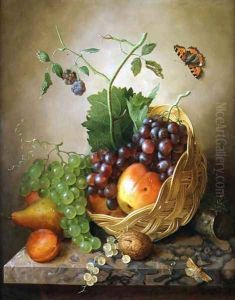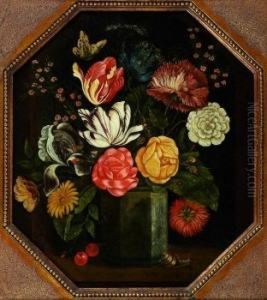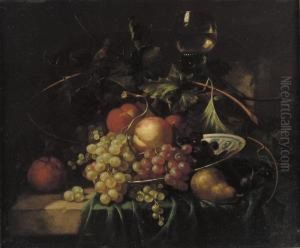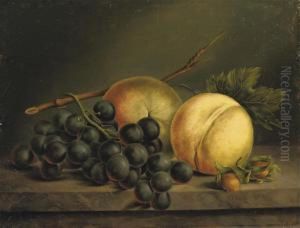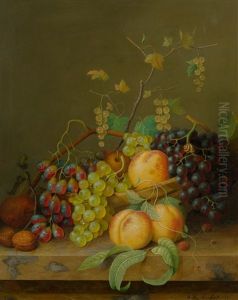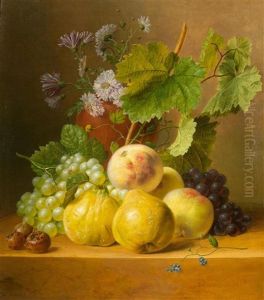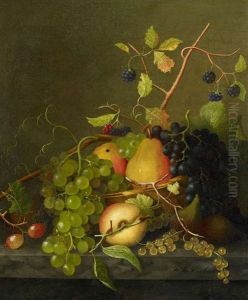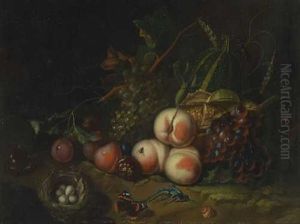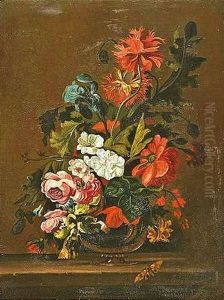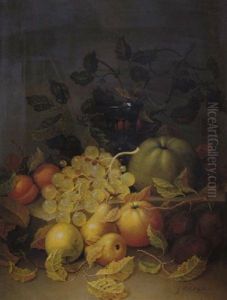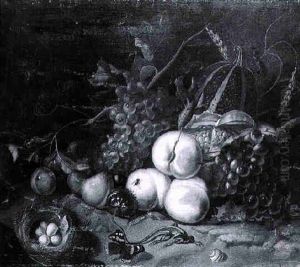Willem Verbeet Paintings
Willem Verbeet was a Dutch Golden Age painter, born in 1622, in the Netherlands, during a period of great wealth and cultural achievement that historians often refer to as the Dutch Golden Age. This era, spanning the 17th century, saw the Dutch Republic become a leading European power in trade, science, military, and art. Verbeet, although not as widely recognized as some of his contemporaries like Rembrandt or Vermeer, contributed to the rich tapestry of Dutch art through his work, primarily focusing on genre scenes and landscapes.
There is limited documented information about Verbeet's life, which is not uncommon for many artists of the time. He likely received his artistic training in one of the many guilds that dotted the Dutch landscape, which were institutions that not only trained artists but also controlled the sale and quality of art. These guilds played a crucial role in the development of artists in the Dutch Republic, providing a structured pathway from apprenticeship to master status.
Throughout his career, Verbeet's work displayed the characteristic attention to detail and use of light that Dutch painters are renowned for. His genre scenes often depicted everyday life in the Netherlands, offering a glimpse into the social and domestic activities of the time. Similarly, his landscapes captured the serene beauty of the Dutch countryside, with meticulous detail to the play of light and shadow, reflecting the influence of the Dutch landscape tradition.
Verbeet's career, however, was cut short by his early death in 1652, at the age of 30. Though his body of work was not extensive, his paintings continue to be appreciated for their contribution to the genre and landscape traditions of Dutch Golden Age painting. The scarcity of his works and the details of his life have made him a somewhat obscure figure in art history, overshadowed by his more famous peers. Nonetheless, for those who delve into the depths of the Dutch Golden Age, Willem Verbeet's work offers a fascinating insight into the era's artistic diversity and richness.
